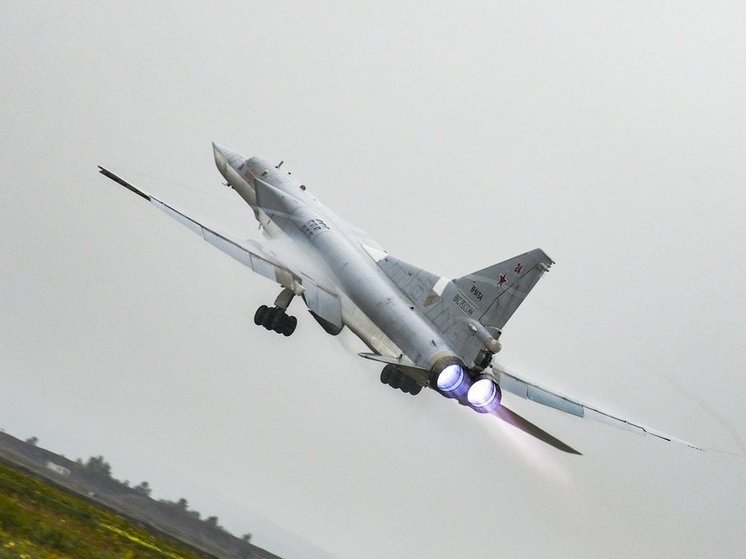A cold analysis of budget income shows that Russia is not merely a raw materials supplier.
But the oil companies are also economizing with the truth in downplaying their role in the economy. In such disputes the best arguments are the hard facts. Let the figures speak for themselves.
Primarily the concentration of special taxes in the minerals sector. This is particularly characteristic of the oil and gas industry.
The second reason is the continuing differentiation of sectors by profitability.
The third is the significant role of unregistered activity in some sectors. This is particularly applicable to construction and retail.
Finally, the last, but not least, reason is the use of special tax regimes in certain sectors. For example, the agribusiness sector, where the single agricultural tax is applied. As a result, agriculture is subject to the lowest tax burden of all sectors. The tax burden is also light on non-ferrous metals, which use a tolling system. Small business is under a simplified tax program, which should provide additional stimuli for the growth of that as-yet weak sector.
As should be expected, the biggest contribution to tax revenues last year came from the fuels sector. It accounts for almost a quarter (21.5%) of revenue. That amount rises slightly (to 23% of tax revenue, or 7.87% of GDP), if the revenue from pipeline transportation, which is essentially a segment of the oil and gas industry, is added.
The role of the oil and gas industry is especially large in the revenues of the federal government: taxes on the production and transport of oil and gas bring in more than a third of federal taxes. Fluctuations in international oil prices (and related changes in gas prices) affect federal revenues by around 0.3% of GDP. True, these figures are based on the current high energy prices, which have been in place over the last two years.
Given standard prices on fuels, the tax revenue from this sector would be lower. Both due to reduced profit tax and due to a reduction in taxes relating to international prices (export duties and tax on mineral extraction in oil production). On the whole, the taxation of the oil industry is lower than that characteristic of the main oil producing countries.
The next most significant sector is retail 20.1%. However, this is mainly due to several consumption taxes (import duties, excise on consumer goods, sales tax).
Third place (7.7% of total revenue) goes to transportation. Then come heavy industry and construction (6.7% and 5.9%). The contribution of the remaining sectors does not exceed 5% of total revenues.
The combination of ongoing tax reforms and macroeconomic trends is also leading to significant changes in the structure of the tax system. Primarily, it should be noted that Russias dependence on oil and gas is gradually weakening due to the strong ruble, which tends to reduce the role of export-oriented industries. While in 2000 the value of exported oil (including refined oil) and gas equaled 20% of GDP, now it has fallen to 15% of GDP, despite growing trade volumes. There has been a corresponding fall in the taxes derived from those sectors. In parallel, the relative burden on the extraction segment has increased, where the tax system for mineral resources ensures a fuller collection of royalties. That brings the tax burden on the oil and gas sector to a level typical of other oil producing countries.
The share of income tax and consumption taxes is rising steadily. At the same time, the share of profit tax is falling. The structure of taxation is thereby approaching that characteristic of other countries. On the whole, the reduction in tax rates during reforms has to a significant degree been compensated by an expansion of the basic tax base, which allows further reductions in the tax base to be planned.
The second difference is the very low weight of social tax. Finally, the third factor is that a significant amount of revenue is provided by payments for use of natural resources and export duties (which are practically not used in other countries). This is justified by the leading role the minerals sector plays in the economy, and the significant difference between the exchange rate and purchasing power parity (especially strengthened by the devaluation of the ruble in 1998). In these conditions, the use of export duties narrows the gap between domestic energy and other prices and international norms. The tying of duties to international prices reduces the affect of price fluctuations.
Consumption taxes (VAT, excises, sales tax) play a lesser role than in other transitional economies, and their level is closer to that in western countries.




















